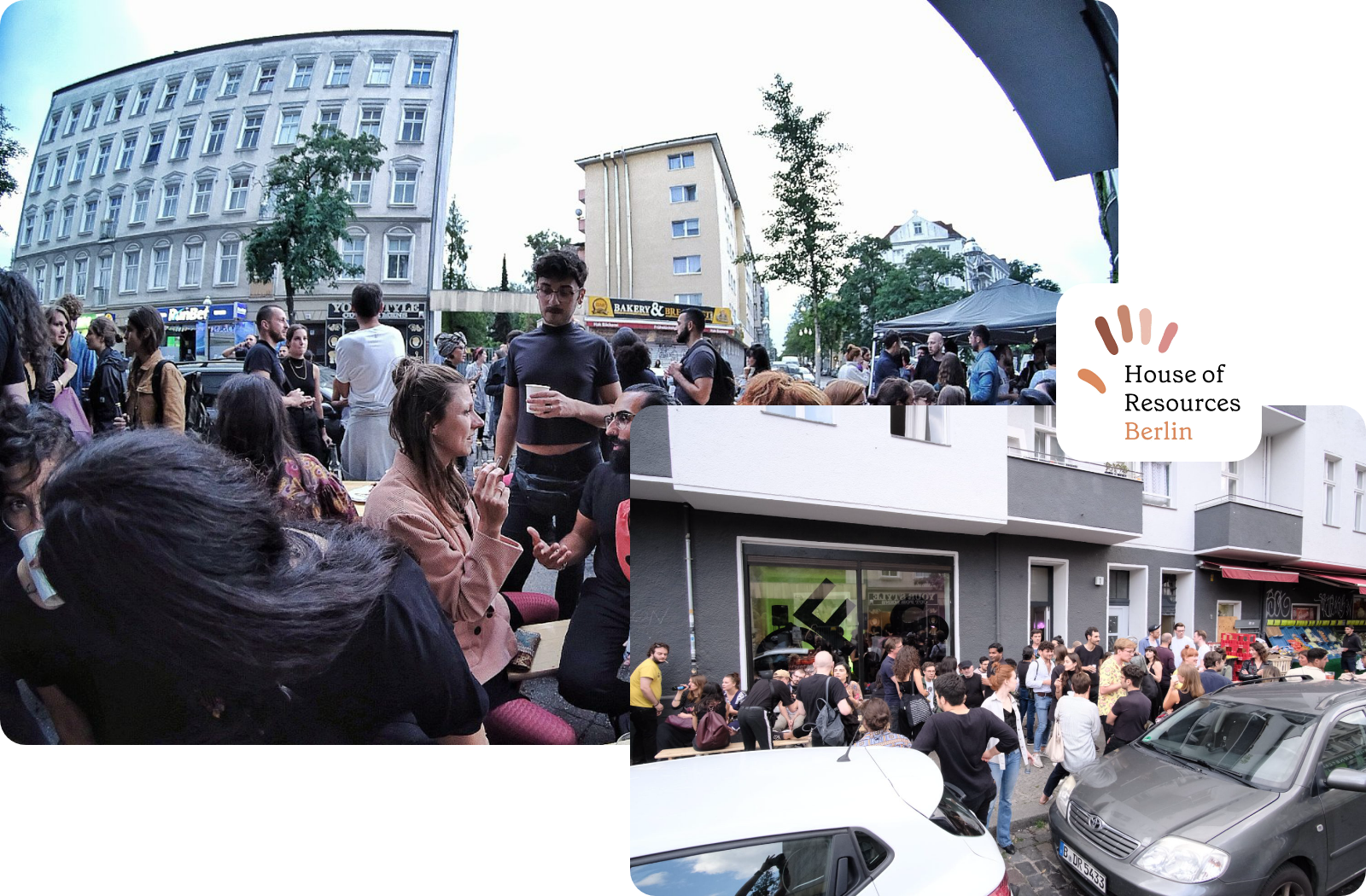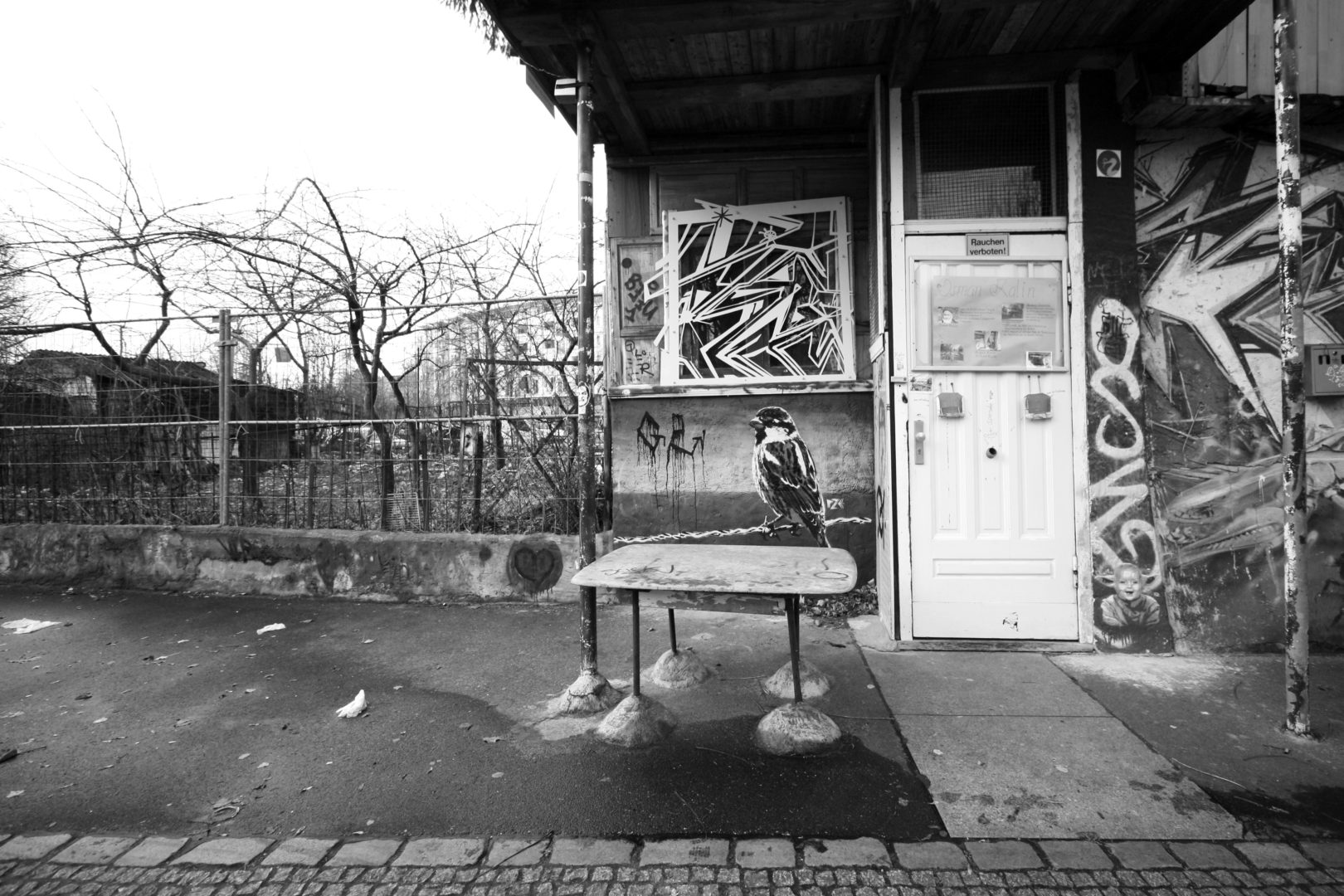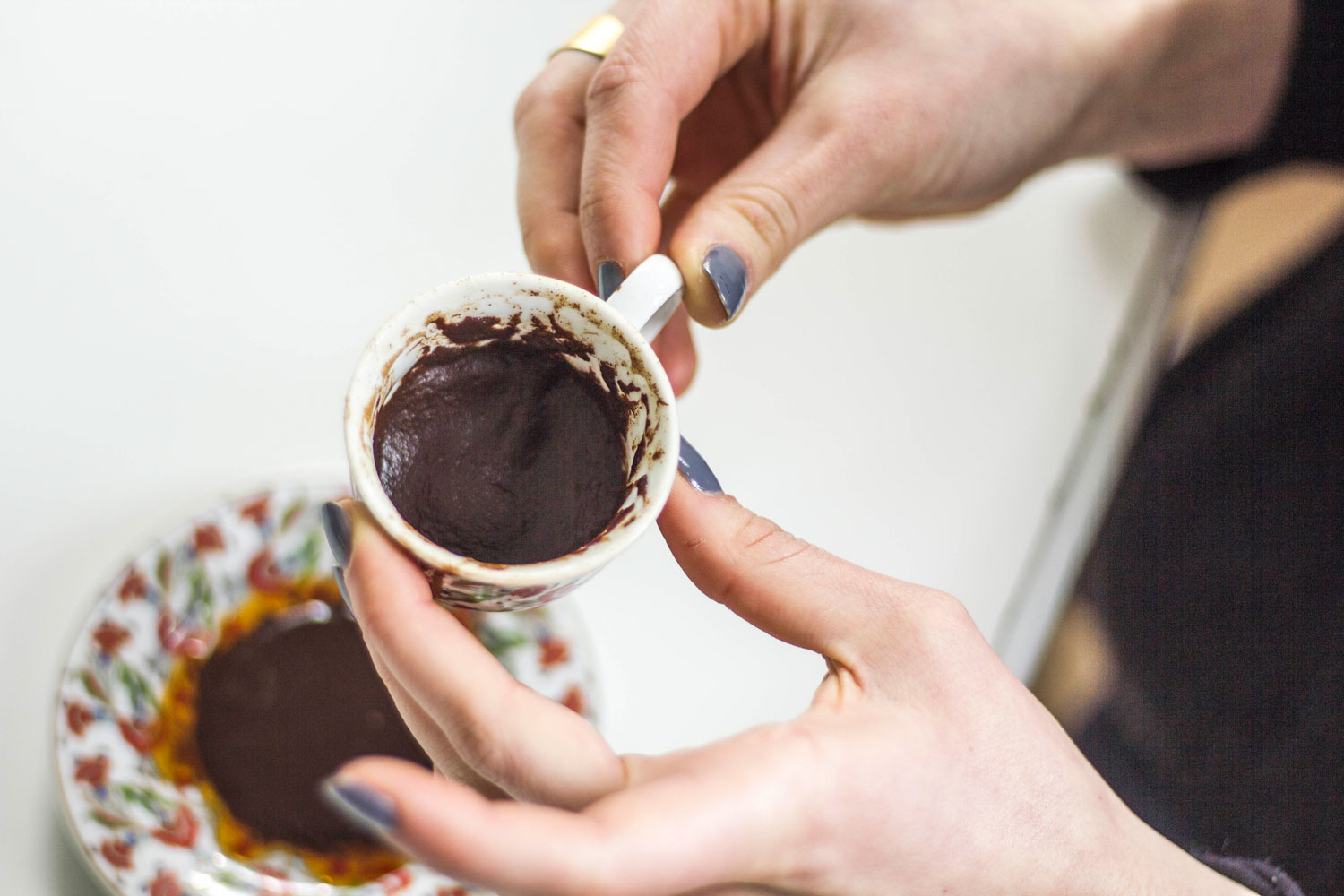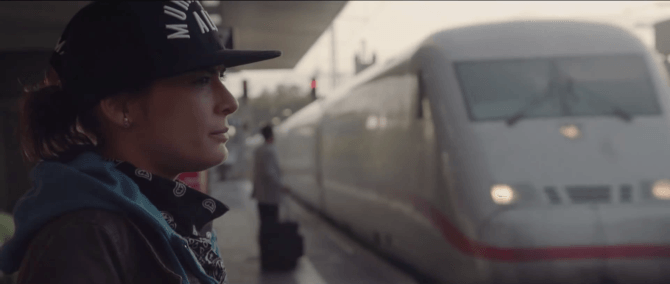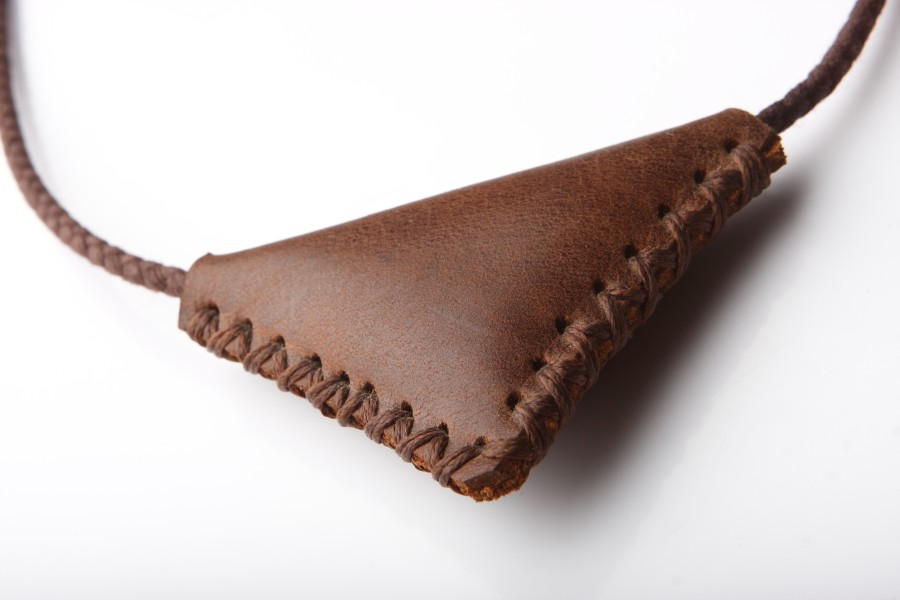“We design our houses, and in turn they shape us.”
How alternative can you make your living space? What kind of relationship is there between me, my story and my way of life? What would it look like if everyone could build their own house?
With this photo project, I tried to answer these questions visually.
To visualize this project, I had a starting point: Osman Kalin and his tree house on the wall, the gecekondu of Kreuzberg.
The scene is from Berlin in the 80s. A guest worker from Yozgat discovers a property beside the wall that doesn’t belong to anyone and he begins to build a house from it out of all kinds of materials. In doing so, Osman Kalin, now in his 80s, created the first Turkish gecekondu in Berlin. You can find the whole story here.
“You’re working for nothing. This property is not yours. The state will take it away from you one day. He never listened to us,” says his son Mehmet. “But even after the fall of the Wall, no authority said anything to him. The reason was actually clear, it was no man’s land.”
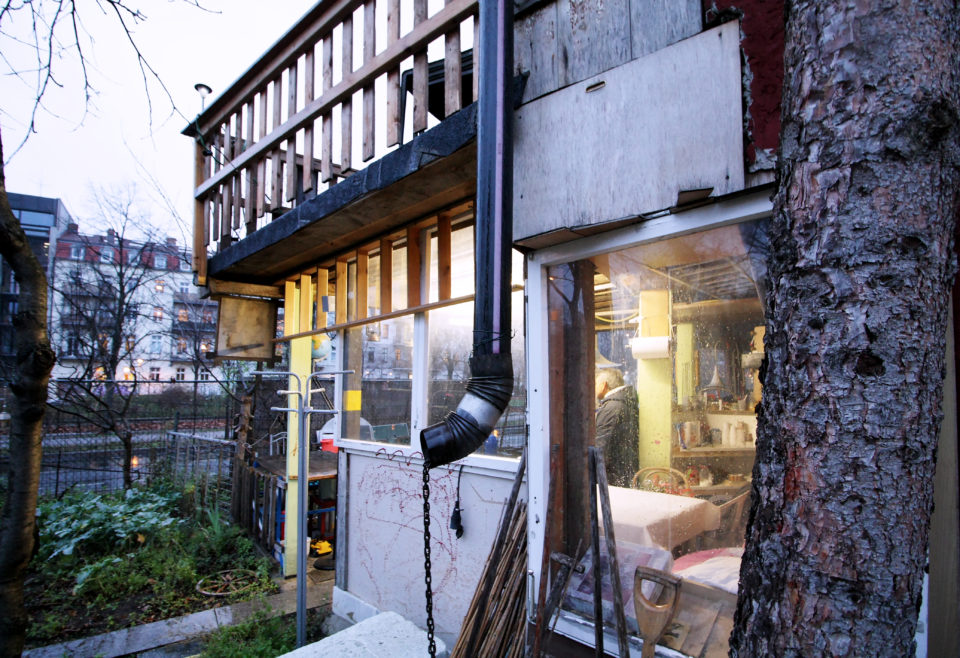
Then he laughs and says, “Actually, it’s an absurd place. It was all kind of a coincidence, my father did not know it was a buffer zone. He was a wise man, but also a bit mad. I think the gecekondu and the garden were a kind of image of our homeland.”
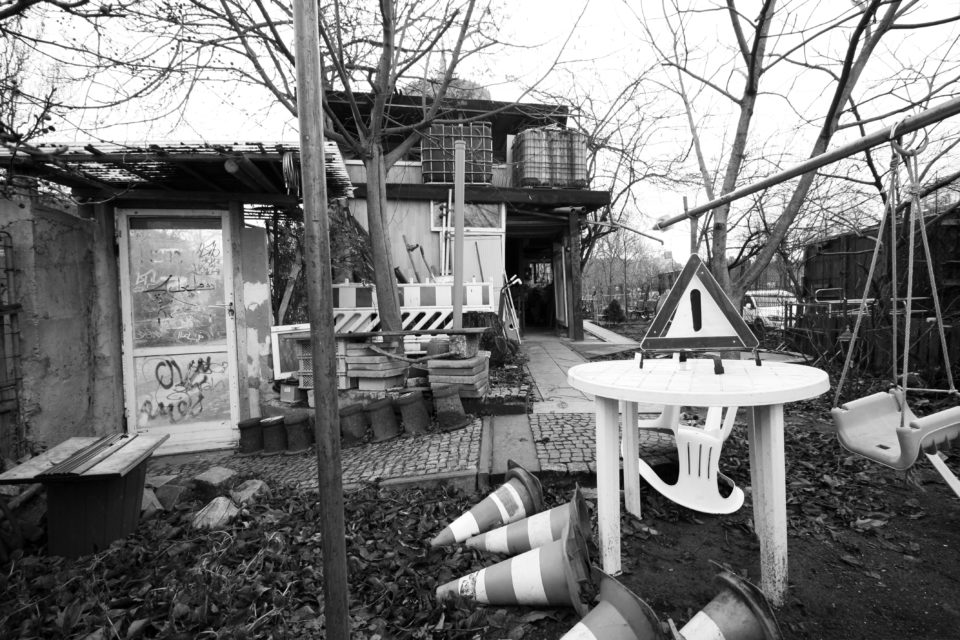
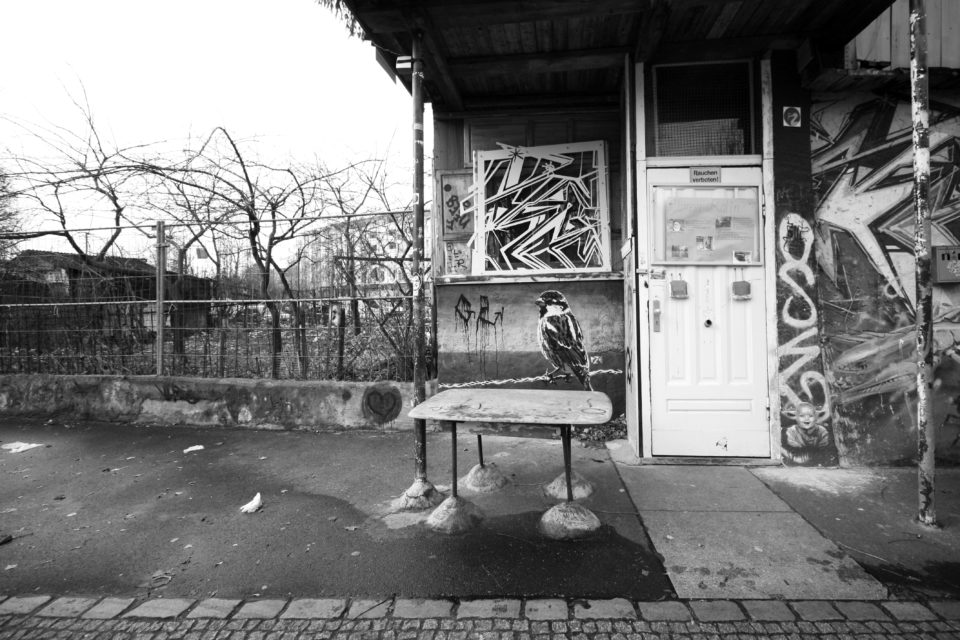
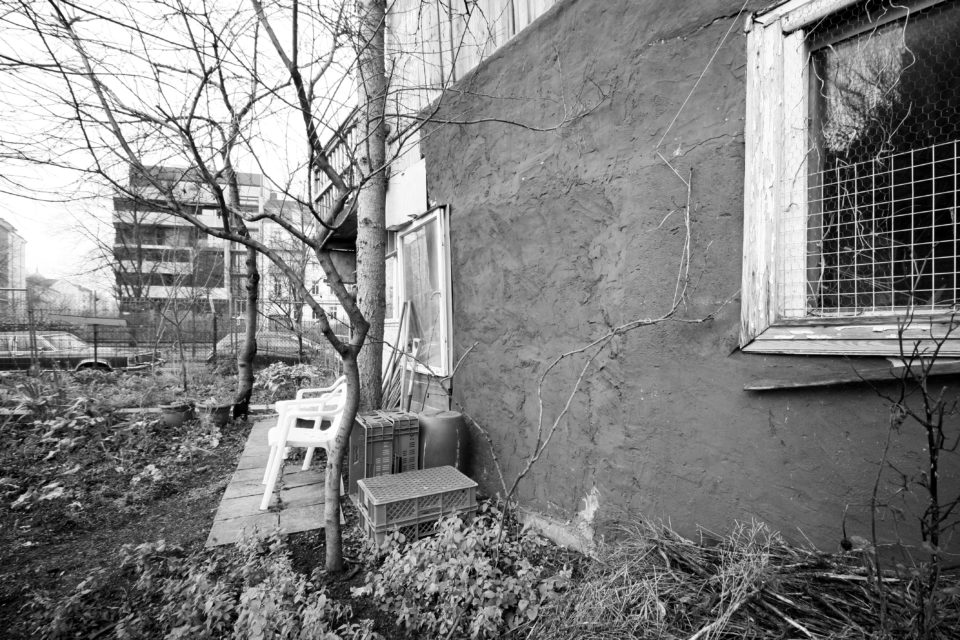
“Whatever happens, every tree has its own beauty, like man. “(Osman Kalin)
“In our company there are forty varieties of madmen. Crazy, not in the negative sense, but wise, inventive … My father was the forty-first one!”
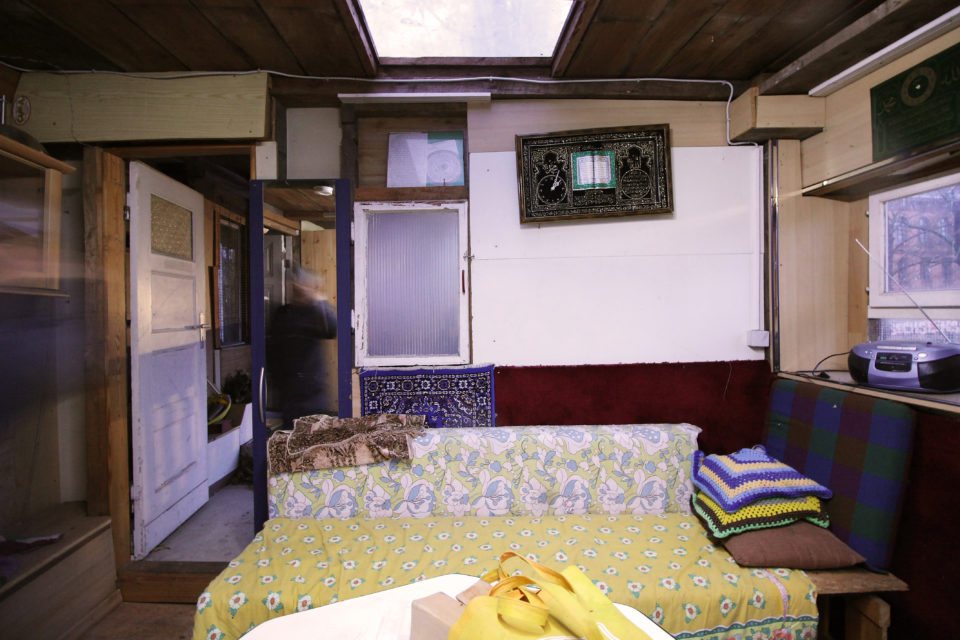
Part 2 – Visit to 2. İnönü
“Watch out, okay? Be careful! Do not go there alone!”
I have heard this advice again and again, when I asked for the address of 2. İnonü. One of the oldest gecekondu areas of Izmir. For the second part of the project, I visited the gecekondular in their country of origin. In many large cities in Turkey there are gecekondular. The is due to enormous population growth in the last few decades. The majority of the inhabitants are immigrants from Eastern Anatolia. In the 70s to 80s, most of them left their villages and immigrated to the big cities for a better life.
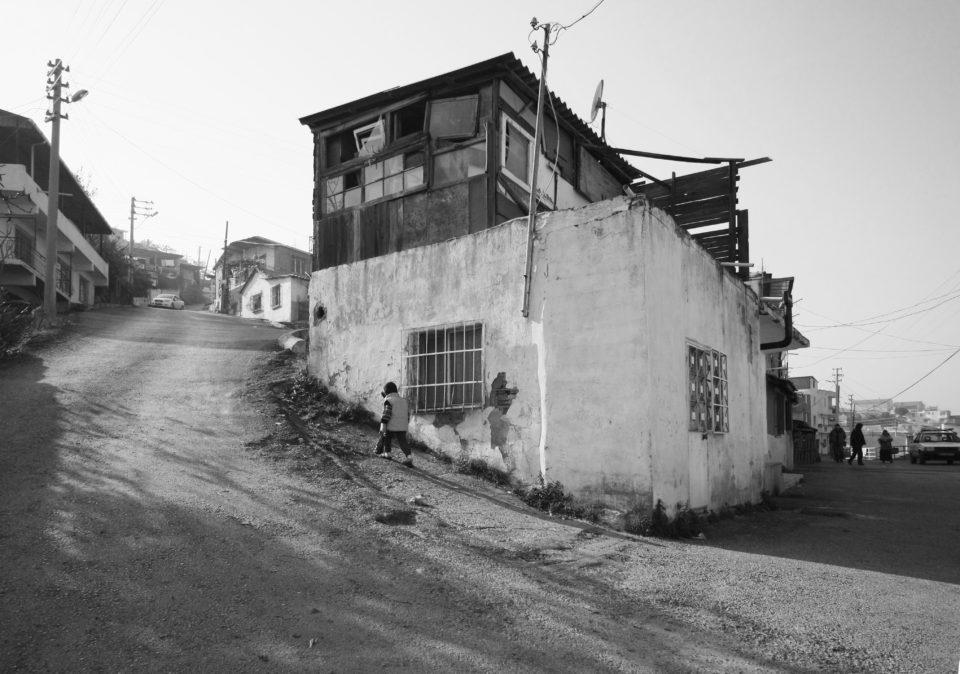
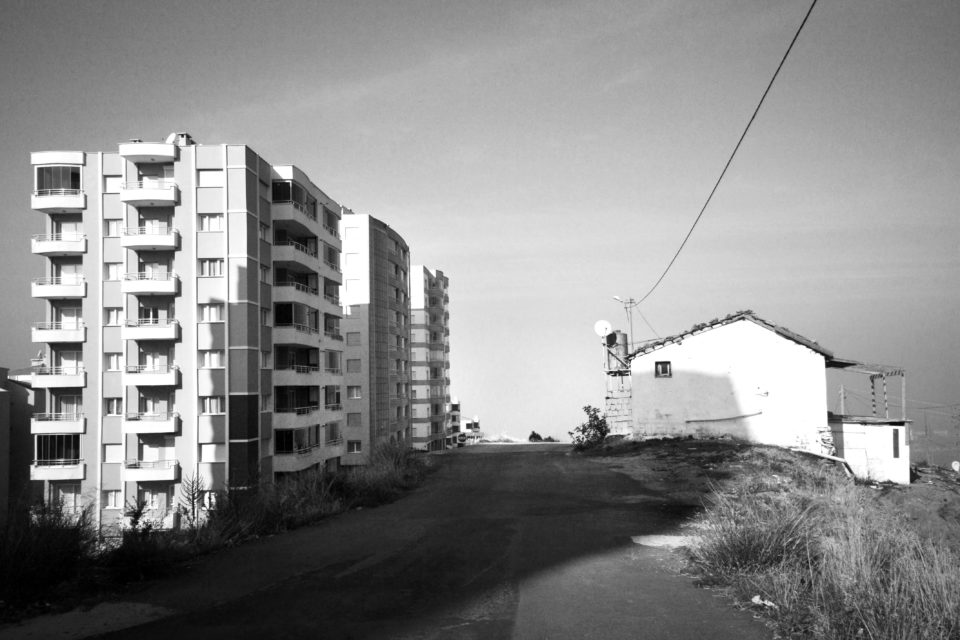
“What are you doing here?” He asked me without waiting for my answer. “Come and have a cup of tea.”
He took a look at my camera and said, “Take pictures of us, too!”
Mr. Akcebe built his gecekondu in the 70s without official permission. For the construction, he used large pieces of rubbish, like Osman Kalin did. They then began to fight for rights: water, electricity, waste disposal, etc. Shortly before an election, they received their land registry entry. After I photographed the rooms, a neighbour came to visit. She said that relations between the neighbors are very good here in the gececondu region. “You won’t find such relationships in high-rise buildings,” she explained. They also say that this neighbourhood will not last long. The reason for this is that the rich want to get them out of there.

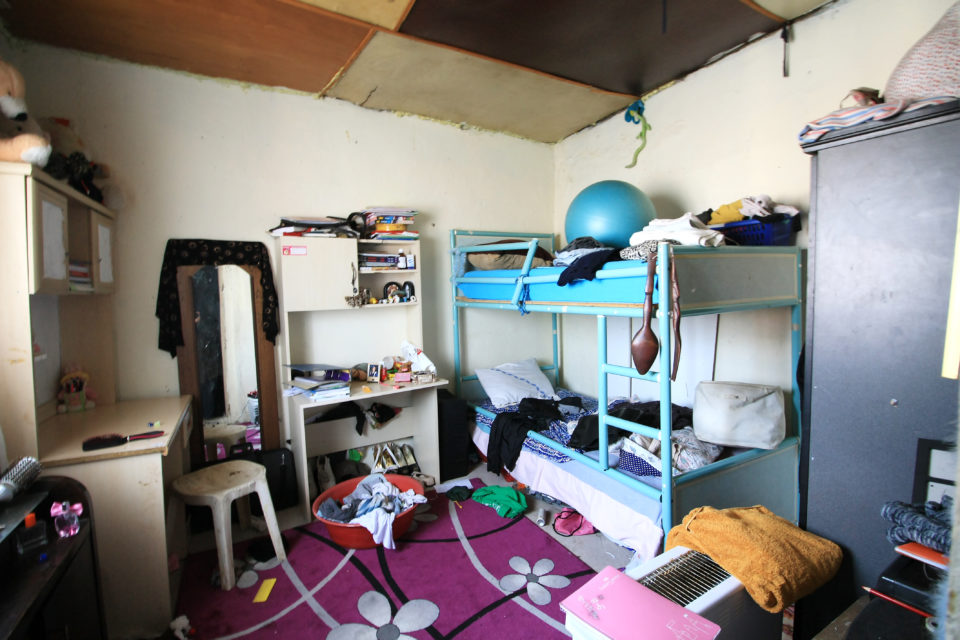
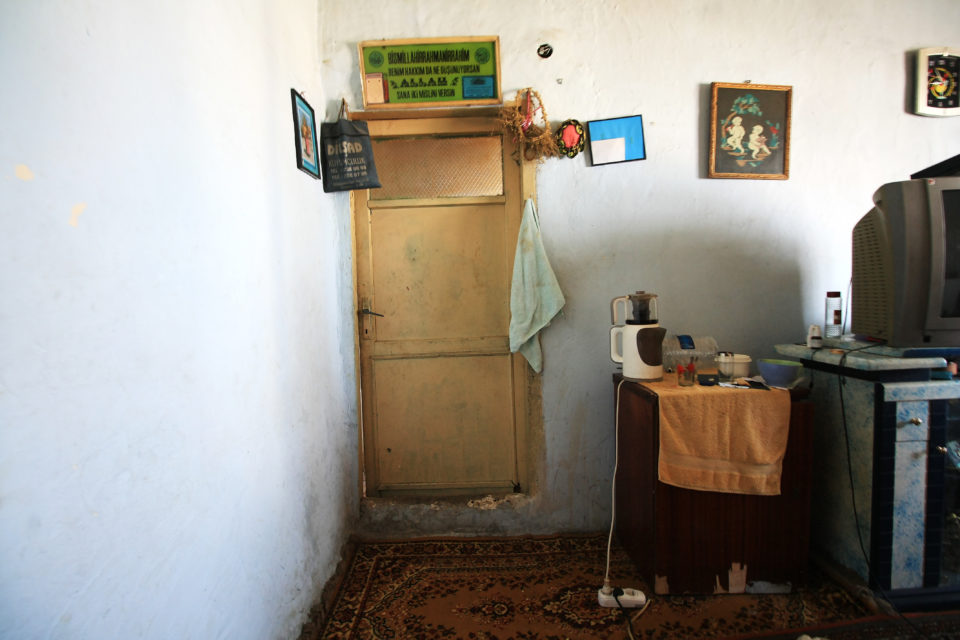
Mr. Akcebe explains, “My property is very valuable. It is very close to the centre and has a wonderful view of the sea. Two weeks ago a builder came, he wanted to buy my property off me for very little money. But he would earn a lot of money from it after that. Do you think that’s fair?”
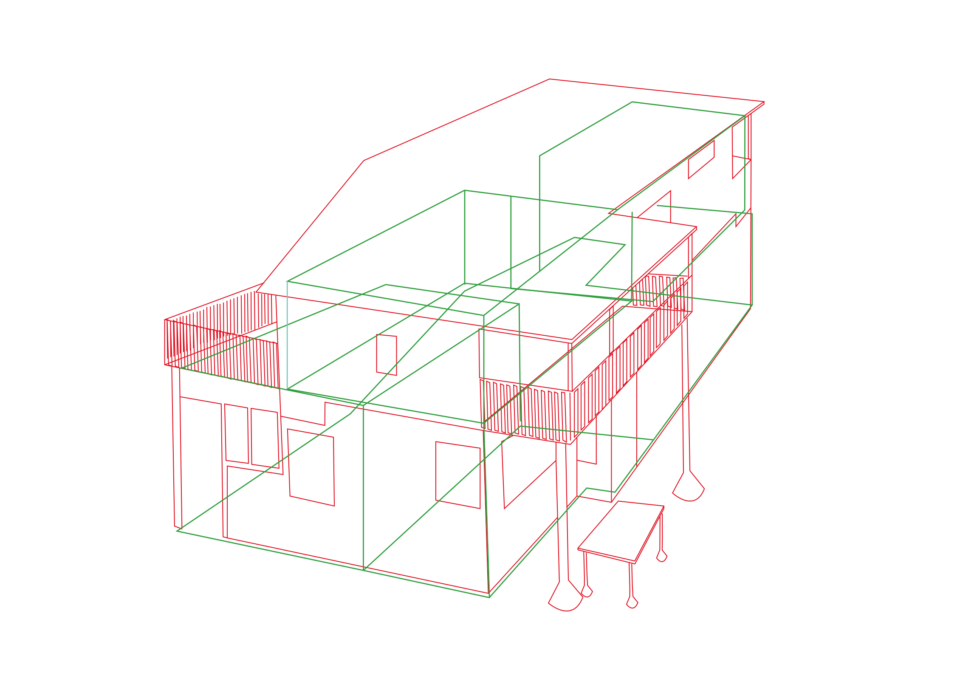
An illustration of the Berlin gecekondu
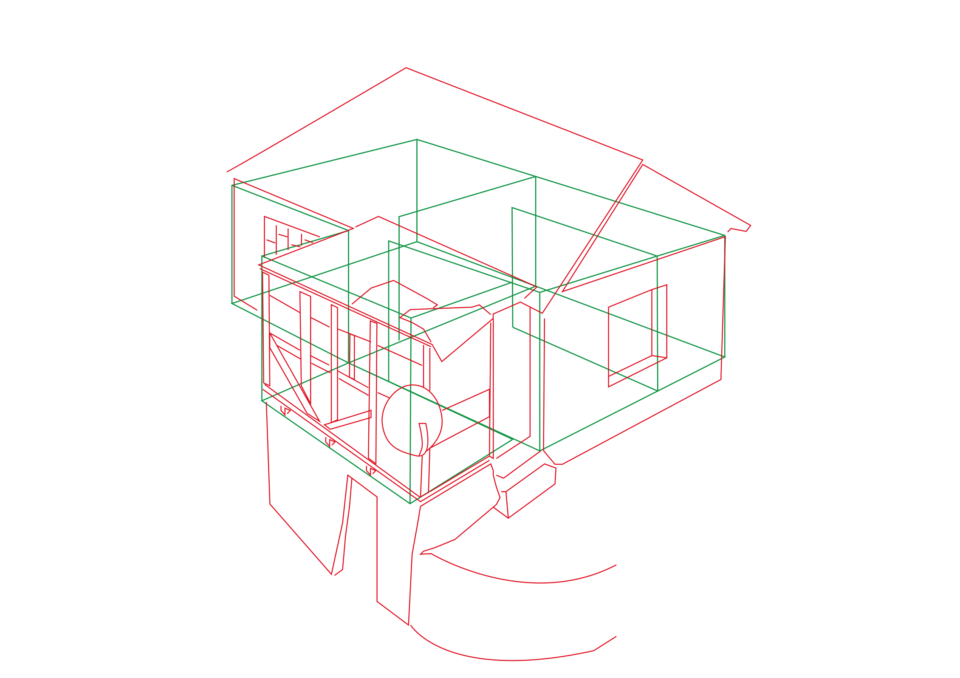
Concept und photos: Sefa Pala
Created in the context of the course: Does Your Home Make you Happy?
